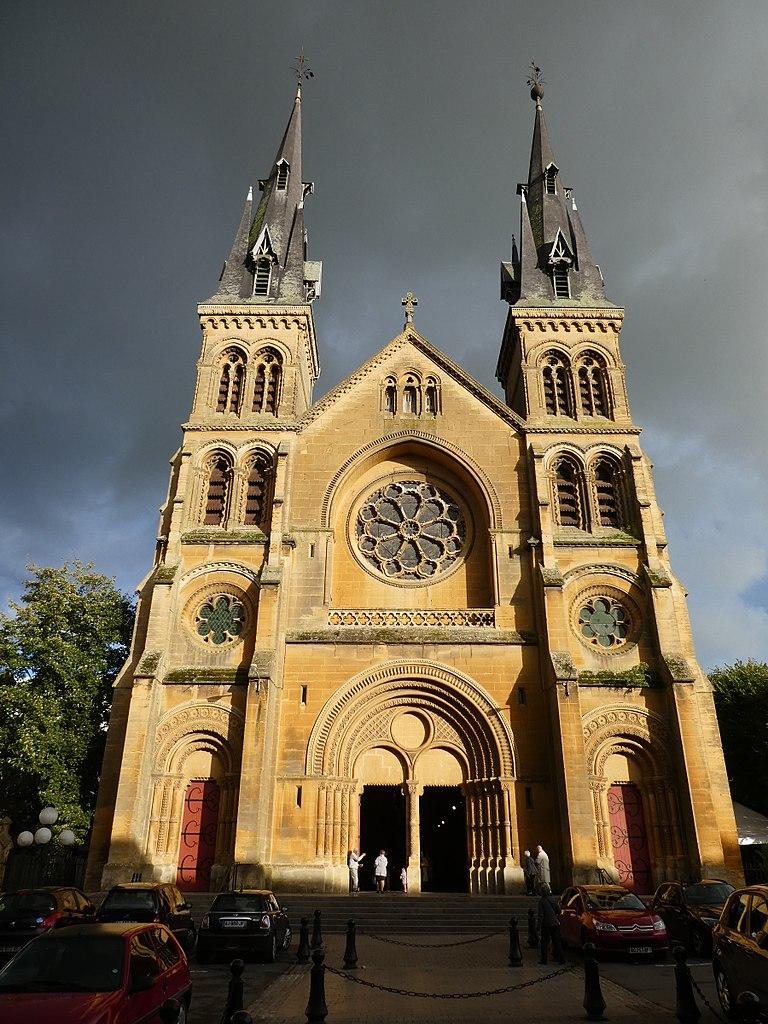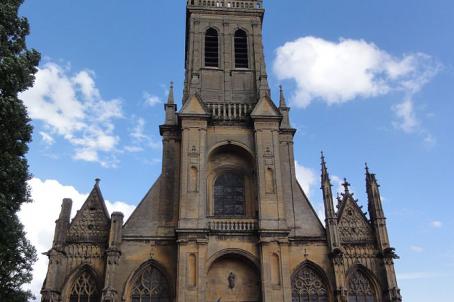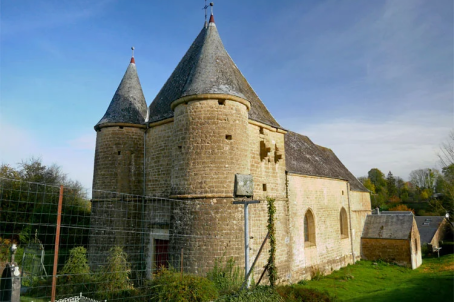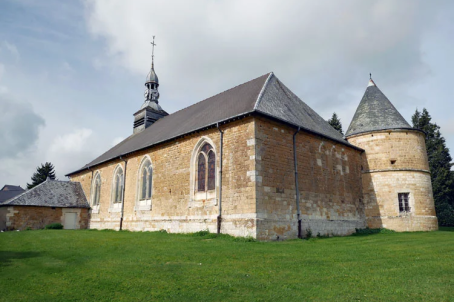Church of Saint-Rémi

In neo-Romanesque style, the church is the second largest church in the city. Built in 1860, it is located a stone's throw from the Place Ducale and the Place Jacques-Felix, formerly the Place de l'Agriculture, built under the direction of the diocesan architect Jean François Racine, who died before its completion.
About this building
The church is located on the exact site of the chapel of the great priory of the Christian militia founded by Charles de Gonzaga. Originally, a first project in neo-gothic style, designed by the architect Gautiez, had been retained before being rejected. The present church has a high cross vault. A triforium runs along the nave, revealing a Gothic style of architecture inside the building. Initially dedicated to Mary, it was renamed Saint-Rémi church when Charleville merged with five neighbouring towns in 1965.





